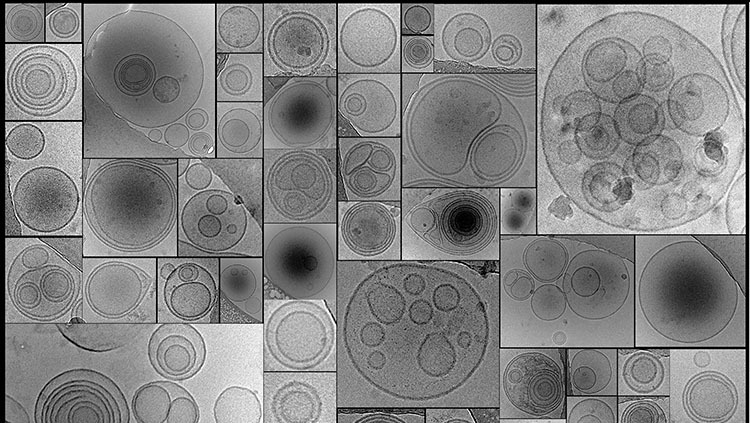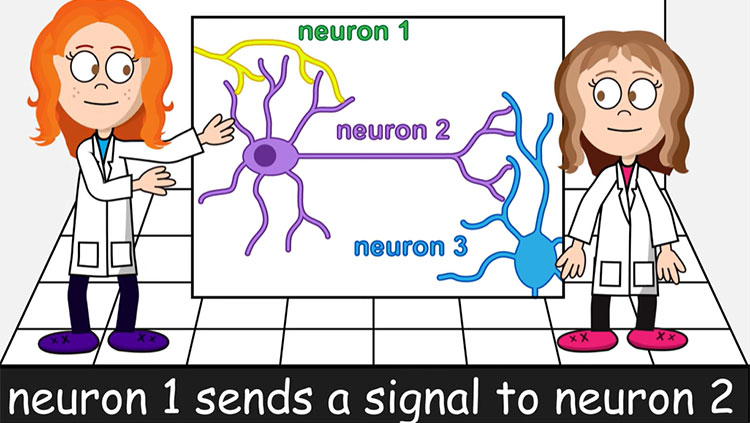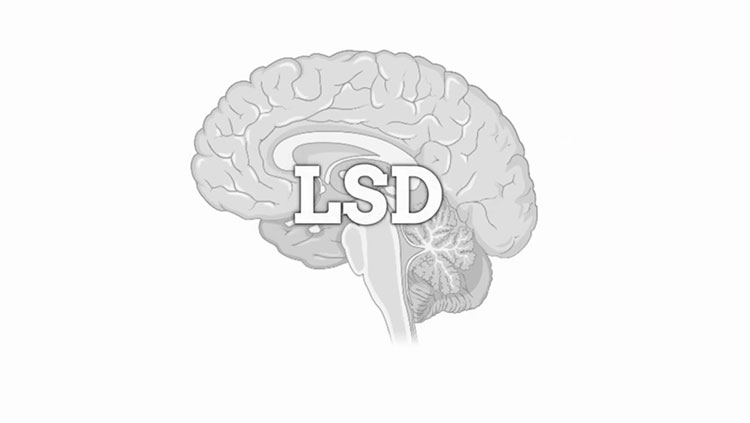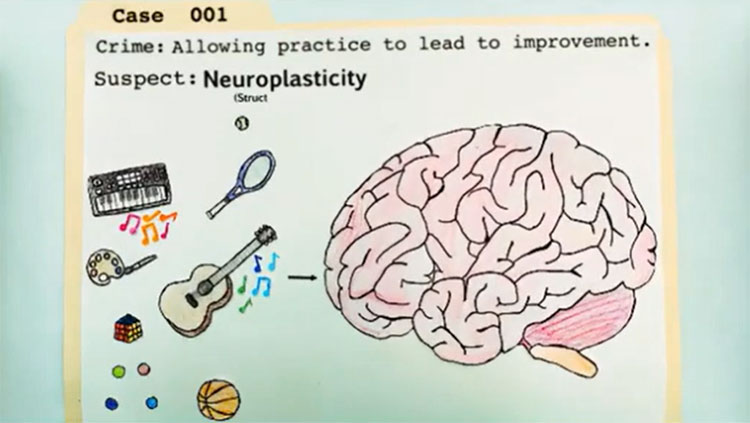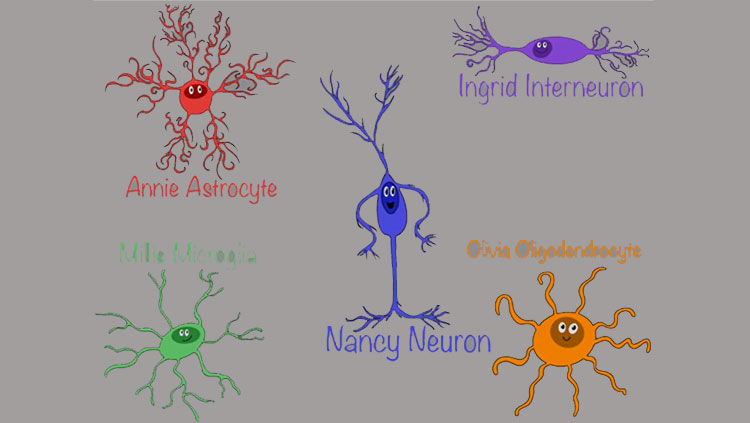The Nodes Between Neurons
- Published24 Aug 2018
- Reviewed24 Aug 2018
- Author Charlie Wood
- Source BrainFacts/SfN
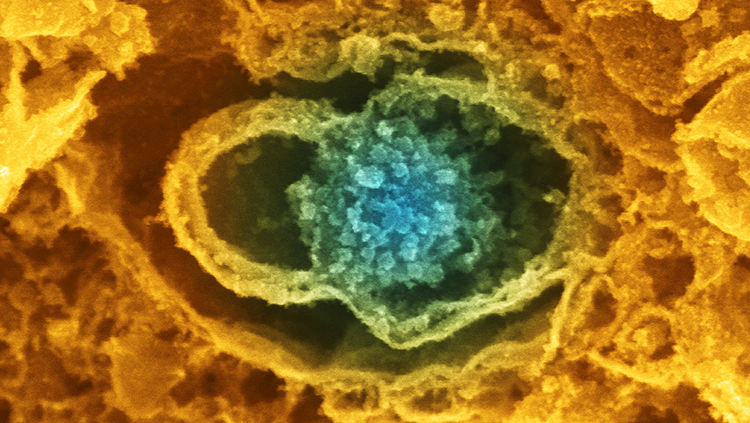
Neurons get a lot of glory for generating the brain’s electrical signals, but a network is only as powerful as the nodes, or synapses, that connect its wires. With each of the brain’s billions of neurons sprouting thousands of branches, synapses like this one number in the trillions.
These neuron-to-neuron junctions help give the brain’s electrical pulses meaning by routing them to where they need to be. When a signal reaches the end of the line (coming from the right, in this picture), the little blue sacs release their contents, neurotransmitters. These chemical couriers float left across the 20-nanometer gap and stick to the surface of the next neuron. They may relay the message by priming the next neuron to fire, or they might stop it short and make it hard for the neuron to activate. Finally, they drift back across the gap, returning to their original post to get ready for the next message.
CONTENT PROVIDED BY
BrainFacts/SfN
References
Purves D, Augustine GJ, Fitzpatrick D, et al., editors. Neuroscience. 2nd edition. Sunderland (MA): Sinauer Associates; 2001. Chemical Synapses. Available from: https://www.ncbi.nlm.nih.gov/books/NBK11009/
Zuber, B., Nikonenko, I., Klauser, P., Muller, D., & Dubochet, J. (2005). The mammalian central nervous synaptic cleft contains a high density of periodically organized complexes. Proceedings of the National Academy of Sciences of the United States of America, 102(52), 19192–19197. http://doi.org/10.1073/pnas.0509527102
David, Drachman A., (2005). Do we have brain to spare? Neurology, 64 (12) 2004-2005; http://doi.org/10.1212/01.WNL.0000166914.38327.BB
Also In Cells & Circuits
Trending
Popular articles on BrainFacts.org



